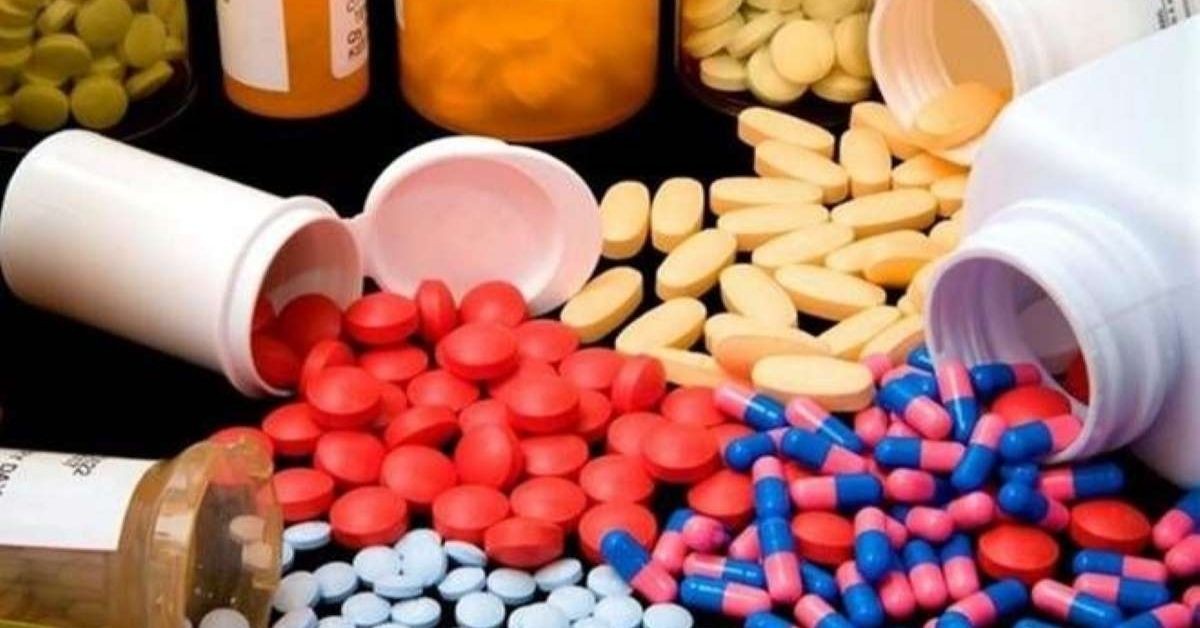The emergence of Bangladesh as a sizeable pharma power in recent years has triggered an animated discussion in the Indian pharma community. A section of the Indian drug and pharma community may be of the view that the rising Bangladeshi pharmaceutical industry is an imminent challenge and threat to the prospects and growth of the Indian pharmaceutical sector, particularly in the context of its export markets. The question that arises is whether a politically-friendly neighbour that has embarked on a similar path of producing generic medicines should be treated as an ally or a competitor?
While India has a domestic pharma market size of over $20 billion and is expected to touch $100 billion mark by 2025, Bangladesh’s current $3.5 billion industry is likely to touch a modest $6 billion by the same year. India is home to more than 3,000 pharma companies and is the source of over 60,000 generic brands, while Bangladesh has 273 pharmaceutical companies and manufactures around 450 generic drugs, accounting for 5,300 registered brands. That India hosts the largest number of US Food and Drug Administration (FDA)-compliant pharma plants outside the US at more than 262 compared to Bangladesh’s four plants (until 2018), illustrates the headroom available for Bangladesh to prosper and grow.The difference in size notwithstanding there are several ways in which the pharma industries of both the countries can cooperate, leading to a win-win situation for both.
Contract Research/ R&D Expertise: India has a strong presence in terms of contract research with over 80 Contract Research Organisations (CROs) in the country. Given Bangladesh’s emphasis and focus on formulations, India’s advanced and experienced CRO ecosystems can not only help with pre-clinical and clinical trials to test and establish the efficacy of a drug with solid data but also in terms of regulatory submissions for new product development, process development, novel dosage forms and conducting human studies along with post-marketing surveillance and quality monitoring services.
Notably, Bangladesh has about 150 companies for making formulations, with 30 of them involved in exports. India’s relative strength in Research and Development (R&D) segment can be a valuable asset to the Bangladeshi pharma sector. From the standpoint of the Indian companies, they can even consider joint projects with Bangladeshi companies for patented formulations fully utilising the Agreement on Trade-Related Aspects of Intellectual Property Rights (TRIPS)-related exemption until 2033 granted to Bangladesh as a Least Developed Country (LDC).
APIs Drive Collaboration: Even as India has embarked upon a massive indigenisation programme for production of Active Pharmaceutical Ingredients (APIs) through clustering and product-linked incentives (PLIs), Bangladesh too in recent years has displayed a similar inclination and sought to encourage production domestically, albeit in limited terms, by way of corporate tax holidays, waivers on Value-Added Tax (VAT), cash incentive on minimum prescribed value addition and extended term loans. In addition to the fact that India already supplies 30 per cent of its APIs to Bangladesh, both the countries can explore joint ventures and technology-sharing or transfer partnerships for their respective indigenisation programs. By availing of the faster environmental clearances as well as the longer patent holiday in Bangladesh, Indian pharma companies can substantially bring down production costs.
Traditional Medicine: Significantly, traditional medicine has constituted an integral part of health policy and systems in both countries. While producing over 8,000 medicinal plants used for herbal medicines, India has institutionalised the popularity and acceptance of a range of traditional medicinal systems such as ayurveda, yoga, naturopathy, unani, siddha, homeopathy and sowa-rigpa through the formation of a separate Ministry of Ayurveda, Yoga & Naturopathy, Unani, Siddha and Homoeopathy (AYUSH). Similarly, Bangladesh too accords a high place in its pharma programmes to the alternative unani, ayurvedic, homeopathic and Herbal systems. Notably, extensive cooperation on promoting Indian traditional medicines in Bangladesh as well as facilitating knowledge transfer has been underway since 2014 itself when a Memorandum of Understanding (MoU) was signed between the two countries. This in itself presents a huge opportunity for further collaboration.
Further, India and Bangladesh can together tackle the menace of smuggling, spurious medicines and drug abuse. Therefore, there are a whole gamut of subjects on which the two Governments as well as their pharma industries can cooperate. The recent initiatives on COVID-19 clinical trials and capacity building for vaccine development underline the enduring spirit of collaboration between the two countries. This spirit far outweighs any semblance of competition that may arise from the two simultaneously accessing regulated markets for export of generics. In fact, this healthy competition must also be welcomed as it would inevitably grow the status and importance of the region as a major pharmaceutical hub.
The writer is president, Council for Healthcare and Pharma, and founder, Reva Pharma. The views expressed are personal.
Source : Daily Pioneer







